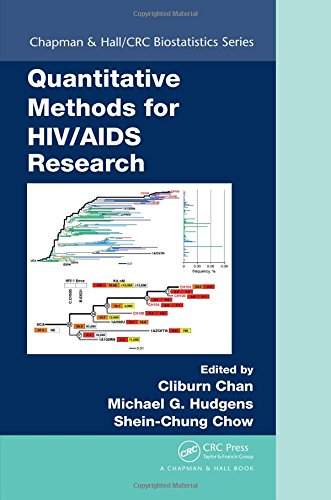

Most ebook files are in PDF format, so you can easily read them using various software such as Foxit Reader or directly on the Google Chrome browser.
Some ebook files are released by publishers in other formats such as .awz, .mobi, .epub, .fb2, etc. You may need to install specific software to read these formats on mobile/PC, such as Calibre.
Please read the tutorial at this link: https://ebookbell.com/faq
We offer FREE conversion to the popular formats you request; however, this may take some time. Therefore, right after payment, please email us, and we will try to provide the service as quickly as possible.
For some exceptional file formats or broken links (if any), please refrain from opening any disputes. Instead, email us first, and we will try to assist within a maximum of 6 hours.
EbookBell Team

4.3
48 reviewsQuantitative Methods in HIV/AIDS Research provides a comprehensive discussion of modern statistical approaches for the analysis of HIV/AIDS data. The first section focuses on statistical issues in clinical trials and epidemiology that are unique to or particularly challenging in HIV/AIDS research; the second section focuses on the analysis of laboratory data used for immune monitoring, biomarker discovery and vaccine development; the final section focuses on statistical issues in the mathematical modeling of HIV/AIDS pathogenesis, treatment and epidemiology.
This book brings together a broad perspective of new quantitative methods in HIV/AIDS research, contributed by statisticians and mathematicians immersed in HIV research, many of whom are current or previous leaders of CFAR quantitative cores. It is the editors’ hope that the work will inspire more statisticians, mathematicians and computer scientists to collaborate and contribute to the interdisciplinary challenges of understanding and addressing the AIDS pandemic.